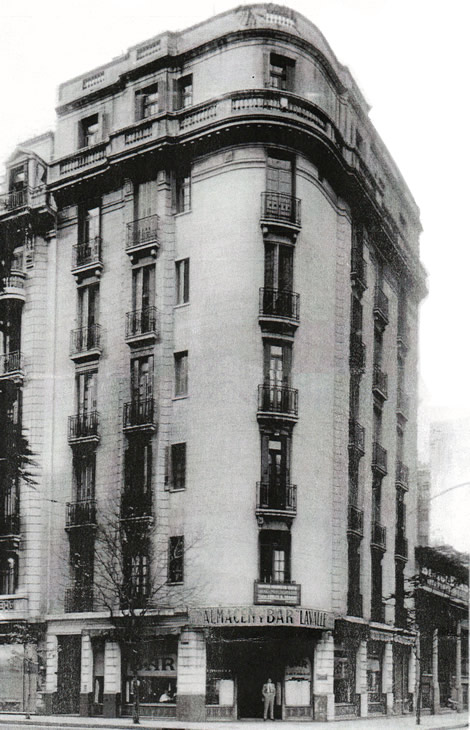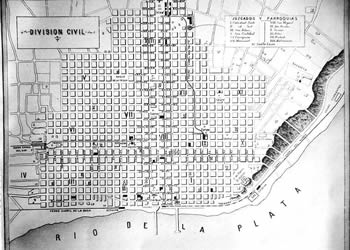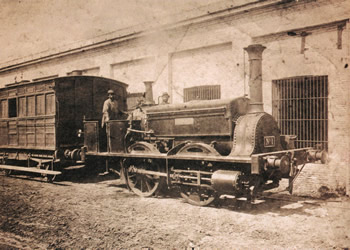Our History
Bar Lavalle Resto is located near Plaza de Mayo, right downtown and in one of the porteño traditional districts, San Nicolas. The zone adopted the name of the church in which the national flag was hoisted for the first time, in Buenos Aires. It was built in 1773 and was demolished for the construction of the Obelisco in 1933. At the moment the Church of San Nicolas de Bari rises on Santa Fe Ave.
The fields around Bar Lavalle, and it itself at , Lavalle 1693, corner Rodriguez Peña was inhabited from the times of the Colony, when the Lavalle Street was called Santa Teresa and Rodriguez Peña, of the Guarantees. Towards 1820, the President of the Country, Bernardino Rivadavia had drawn up the circumvallation of the city throughout the Way of the Tunas, nowadays Callao Ave.
Where we can find now the Teatro Colón, was the Station of the Park from which left, in 1857, the first train of the Argentina, dragged by the famous locomotive La Porteña. In its route, this train happened to pass in front of the fields where was going to be built Bar Lavalle.





